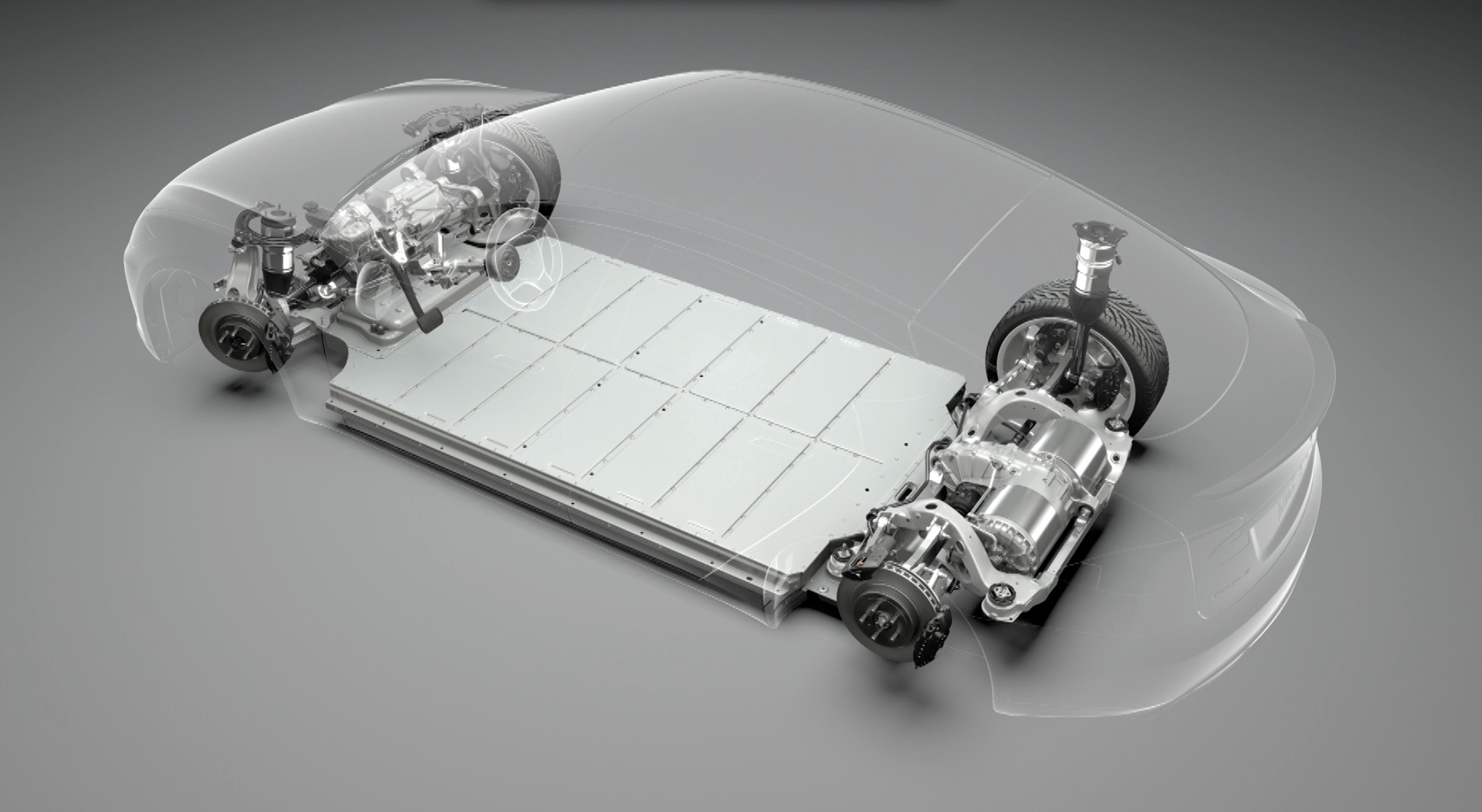Whoa! Easy there

We're all Tesla owners

My thread was merged into this one by the Admin, so it might seem more abrupt and jarring and contradictory than as I posted it independently as a solo thread

I wasn't targeting LFP batteries and saying that charging them to 100% everyday was destroying them, but only, as the articles/materials I've read/seen so far simply indicated that ALL Lithium Ion batteries of every type suffer from accelerated degradation from full charging as simply a matter of physics and chemistry. Some may be a bit more or less resistant to this kind of cycling abuse, but in the case of Tesla LFP batteries, it seems more than likely they opted for the negative effects of constant full charging as a compromise to the potentially very bad press of their cars reporting inconsistent range. Would you rather have customers reporting, and posting, that they were stranded by their Teslas despite the car reporting far more range than necessary to reach their destination? or Customers who were simply left wondering why their cars, "didn't quite go as far as it used to before", but with accurate range reporting? In the end. I wasn't saying LFP batteries are in some way deficient compared to the alternatives, but simply the advice to fully charge them regularly seems more like a business/marketing decision, than one based on the preserving the battery health above all else. I would actually love to know the production cost of an LFP battery pack vs others. LFP batteries being far less expensive to produce and using far more readily available raw materials would also bolster the "marketing" argument; choosing a lower current delivery, and more complicated BMS challenge, (and safety)) over performance and cost. Bottom line, in an LFP car, you would notice inaccurate range data FAR sooner than you would any significant range degradation, no matter the cause.
Now I may be WAY of the mark, but from excerpts from the actual Tesla manual for LFP equipped cars, there are indications spelled out that their directions and recommendations for full charging on a regular basis is to address and mitigate the possibility of bad range data.
I've had experience with rechargeable cells of many types, from NiCads, to Nickel Metal Hydride, to LiPo, Lithium ion etc... yes, my experience may be limited to the hobby industry, but in no case have I run into ANY rechargeable cell chemistry of any type that reported that regular full charging was necessary for battery health, or that it was particularly resistant to the effects of that. NiCads with their cell "memory" might be an exception in terms of alleviating THAT effect with full charging and discharging, but it was always stated that it was a compromise as full charging generated heat, and heat is not a friend of NiCads.
I think the major issue in this discussion is that because of the way Tesla states that "LFP batteries are required to be charged to 100% daily" to an audience that may not be as familiar as you with battery chemistry, it sounds very much like if you do as they say, that is the "best thing" for battery life, that it makes the batteries "better over time" or last the absolute longest time, like taking vitamins, but this is simply not the case. Higher voltage kills ALL Lithium rechargeable cells, the LFP cells simply withstanding this abuse over time better than Ni Manganese because of their lower voltage levels.
In the end, is this a major issue? probably not. Is Tesla telling customers to always charge LFP to 100% misleading? Yes and No, But I agree with the Tessie apps conclusions that the LFP batteries show much faster degradation to their "levelling off" state of slowed degradation compared to the other chemistries, because they are being more often charged to 100% (perhaps academic as all the battery chemistries will get to this point eventually), and this is based on hundreds maybe thousands of data sources and not just a small cross section of owners on a forum saying "Mine is perfectly fine" it's more feasible that every single one of the glowing reports on this website of LFP batteries not affected in any way by constant full charging are due to exceptional quality battery samples, rather than hundreds or thousands of data sets from Tessie being universally incorrect.



